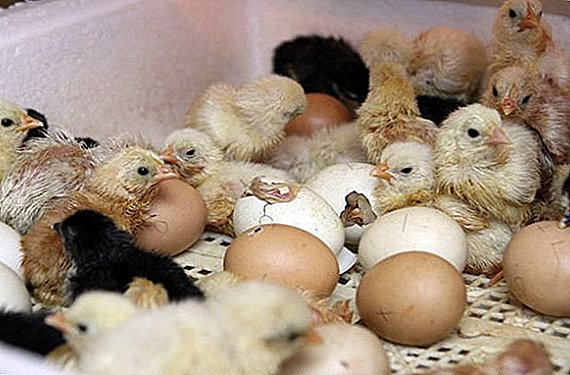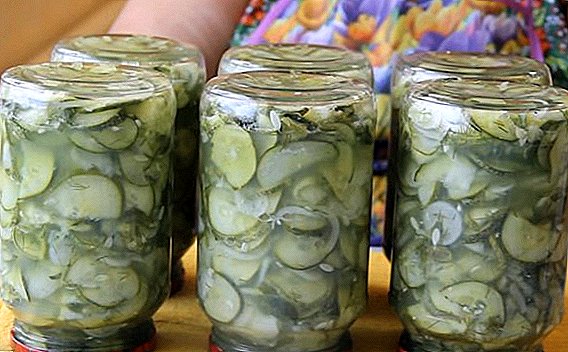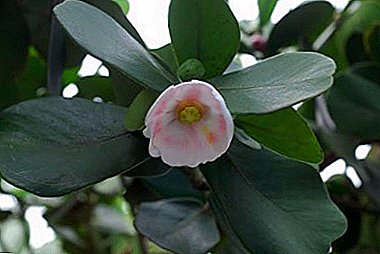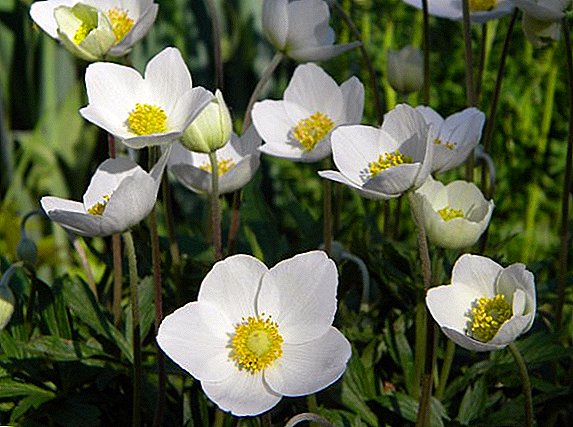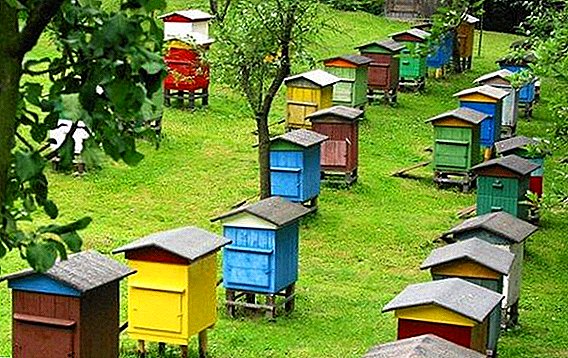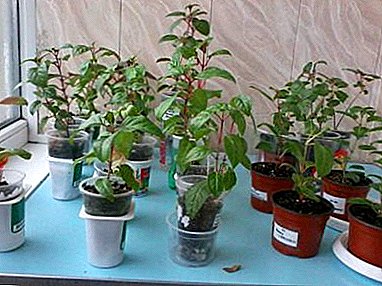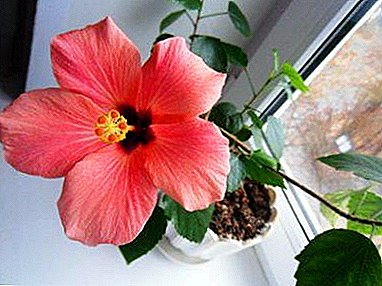
Thanks to the successful work of breeders, today, among the huge number of diverse species and varieties of hibiscus hybrid, you can choose the one that will appeal to you.
On the windowsills of many amateur flower growers you can often find a beautiful plant with bright flowers - this is hibiscus or, as it is also called, the Chinese rose.
But in order for a flower to enjoy its lush flowering, it is important to properly care for it and know why it can turn yellow leaves.
Read more about possible problems with the plant, the reasons for their occurrence and options for saving the flower read later in the article.
In what cases is this process considered normal?
Chinese rose often like to plant in garden plots. Thick and lush crown of bright green leaves - a truly worthy decoration in a flower bed with flowers.
But if there are too many yellow leaves, this is a sure sign that the flower does not like something in caring for it. It is important to analyze how you take care of the plant and find errors. Hibiscus is a grateful flower, and if favorable conditions are created for it, it will quickly delight with its flowering.
A photo
In the photo below you can see yellow spots on the foliage of hibiscus, as well as other signs of yellowing.



Causes of problems and recommendations on how to help the plant
Wrong watering
Firstly hibiscus responds by yellowing the leaves to improper watering. This plant loves water, therefore it is necessary to water it plentifully and often.
On hot summer days you can water hibiscus every day.
At the same time it is important to keep a balance and not to overdo it. A flower can shed its leaves if it is poured with water and the roots are located as in a swamp.
Wrong temperature
Do not forget that the Chinese rose is, first of all, a tropical plant, so it loves the warm air. The best option would be to maintain a temperature in the room not lower than 16-18 ° C. The flower also does not like too high temperature, so on summer days it is recommended to clean it in a cooler place if the thermometer rises above 21 ° C. Improper lighting And again, you need to find a middle ground. Hibiscus likes to bask in the morning rays of light, but it must be protected from the afternoon sun.
The scorching rays of the sun can lead to burns on the tender leaves of hibiscus, which he eventually throws off.
Under insufficient light, a flower can shed its leaves., leaving for themselves a few leaves that need a small amount of chlorophyll, produced by hibiscus under such lighting.
Dry air
This can be fixed easily with a simple spray with water. You can simply spray the air in the room and directly the leaves of the Chinese rose. Near the pot with a flower you can put a small container with water so that it evaporates. Many use cut bottles from mineral water. They are comfortable and take up little space.
Soil chlorosis
Why else indoor flower sheds foliage? The reason may be a situation in which the acidity of the soil changes. When chlorophyll is disturbed in the leaves and photosynthesis is reduced, the plant suffers from chlorosis. Most often this results in watering the plant with undifferentiated water. To correct this situation helps to make the necessary fertilizers with magnesium and the adjustment of soil acidity.
Frequent change of location
Hibiscus does not like being carried from place to place. and may react with yellowing of the leaves. Sometimes, in order for the plant to stop blooming or to shed its leaves, it is enough to turn it the other way.
Experienced growers say that the plant should be rotated gradually by 15 degrees, giving the flower time to get used to the new location.
Pests
 The most common reason why hibiscus turn yellow and then leaves fall is the presence of pests on the flower. Very often pests are not visible with the naked eye. In order to identify the cause, you need to take a magnifying glass and carefully examine the leaves on both sides.
The most common reason why hibiscus turn yellow and then leaves fall is the presence of pests on the flower. Very often pests are not visible with the naked eye. In order to identify the cause, you need to take a magnifying glass and carefully examine the leaves on both sides.
- Shchitovka. In this case, brown spots can be seen on the leaves. What to do? It is necessary to spray the plant with Actellica's insecticide solution.
- Aphid. Aphids can be detected with a magnifying glass. A characteristic sign that the plant has been attacked by these pests is folded yellowed leaves. Can help drug Fitoverm.
- Spider mite. The appearance of the problem associated with spider mites is usually associated with dry air in which the flower is located. Between the leaves you can see the thin threads of the web. You can use the popular method of dealing with spider mites - to treat the leaves with soap and water (you need to use soap). Also helps drug Vertimek.
It is not difficult to care for this beautiful flower - the Chinese rose, you just have to create the conditions necessary for its maintenance. Everything is quite simple - the main thing is to take care of your pet: keep it from drafts, provide moderate but regular watering, pick up a pot of the right size. Be sure that hibiscus will bloom magnificently in your home.




